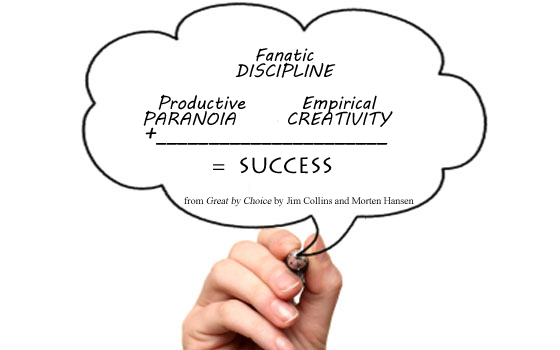 Leaders drive change in their businesses for a variety of reasons; the two primary reasons are:
Leaders drive change in their businesses for a variety of reasons; the two primary reasons are:
- When the leader sees opportunities the current structure does not support
- When industry changes threaten the current business model
Both of these scenarios create a sense of urgency on the part of most leaders and much has been written about how to lead change. Pundits will say, it is important to have confidence in yourself and stay the course. Moreover, it is important for the leader to overcome objections as it is human nature to resist change.
We are living in a world of constant change – and the pace continues to increase. We tell ourselves and our teams that we must adjust to this pace or we will be left behind.
And, how do you know when enough is enough? How do you know when your team truly can’t keep up?
If you are driving change in your organization and have been at it for awhile, here are some questions for you:
- Are you seeing signs of change fatigue?
- Are you noticing some people who are “off their game”?
- Are others becoming ill?
- Are the people you counted on in the past to lead with a positive and supportive attitude no longer playing that role?
If the answer to any of these questions is yes, is it time to check in with your team and perhaps re-calibrate the pace?

















 The initial results of my Pivot are excellent. I feel I have much greater clarity regarding the next 3-5 years..
The initial results of my Pivot are excellent. I feel I have much greater clarity regarding the next 3-5 years.. 